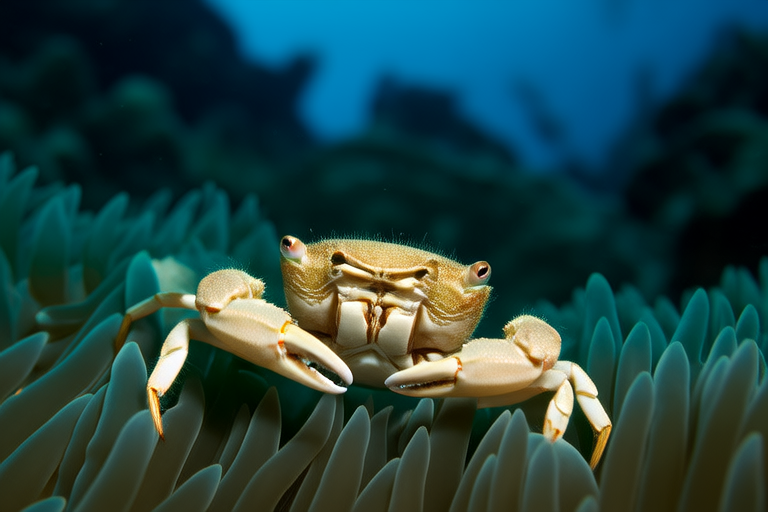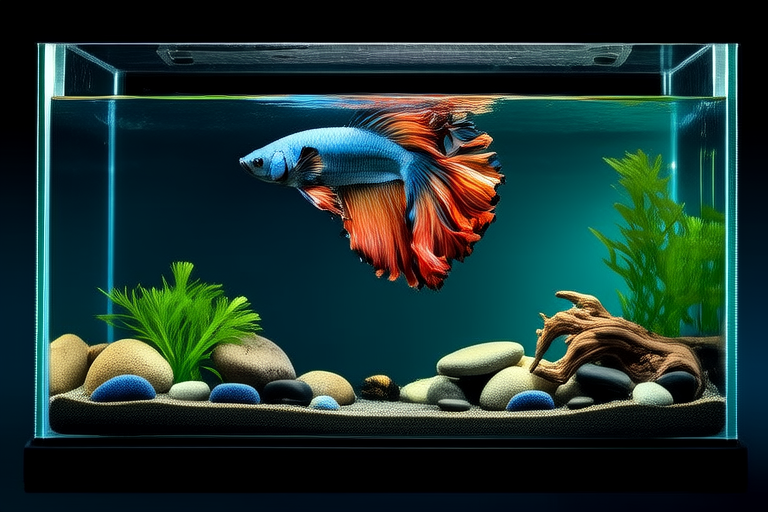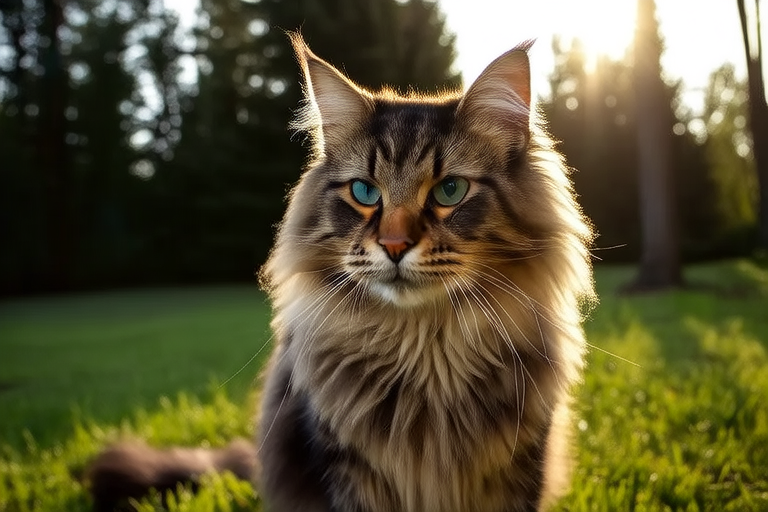
Pea Crab Chronicles: The Hidden World of These Mini Marine Mates
In the vast and mysterious world of marine ecosystems, there exists a tiny but fascinating inhabitant known as the pea crab. These diminutive crustaceans, named for their resemblance to the humble garden pea, play a significant role in maintaining the balance of their underwater homes. This article delves into the unique characteristics, behaviors, and symbiotic relationships of pea crabs, providing insight into the hidden world of these mini marine mates.
The Unique Pea Crab Species
Pea crabs belong to the superfamily Pinnotheroidea, comprising several genera and species that can be found across various marine environments. Their average size ranges from just a few millimeters to approximately 3 centimeters, making them one of the smallest crabs in the ocean. Despite their petite stature, pea crabs are incredibly resilient and have adapted to thrive in diverse habitats, including sandy beaches, seagrass beds, and coral reefs.
Habitats and Symbiotic Relationships
Pea crabs are often found living inside the bodies of larger marine organisms, such as sea anemones, oysters, and barnacles. These symbiotic relationships are mutually beneficial, allowing the crabs to gain protection and nutrients while contributing to the health of their hosts. For instance, pea crabs living within sea anemones receive shelter and food, while the anemone benefits from the crab’s ability to clean its host and remove parasites.
The relationship between pea crabs and their hosts is a prime example of commensalism, where one organism benefits without significantly affecting the other. In some cases, this relationship can even be considered mutualistic, as the crab’s presence may help regulate the health of its host. For example, pea crabs living in oysters can improve water flow through the bivalve’s gills, promoting better respiration.
Physical Characteristics and Life Cycle
Pea crabs possess several unique physical traits that enable them to thrive in their specific environments. They have a flattened body shape, which allows them to fit comfortably inside their hosts, and their legs are modified to grasp onto their hosts’ tissues securely. Additionally, pea crabs lack the large claws characteristic of many other crab species, instead relying on speed and agility to evade predators.
The life cycle of pea crabs is closely tied to their hosts. Female pea crabs lay their eggs inside the bodies of their hosts, where the developing larvae remain until they are ready to hatch. Once hatched, the larvae must quickly find a suitable host to continue their development. If they fail to secure a host within a short period, they will likely perish.
Behavior, Adaptations, and Challenges
Pea crabs exhibit intriguing behaviors that reflect their adaptation to life within their hosts. For example, they have been observed using their legs to manipulate the tissues of their hosts, ensuring a steady supply of nutrients. Some species have also developed specialized appendages that allow them to filter-feed directly from the water, supplementing their diet.
Despite their adaptations, pea crabs face numerous challenges in their environment. Predation is a constant threat, with larger fish and invertebrates preying on both adult crabs and their larvae. Additionally, changes in ocean temperature and acidity due to climate change may impact the availability of suitable hosts, potentially disrupting the delicate balance of these symbiotic relationships.
Recent Research and Discoveries
Recent studies have shed light on the complex interactions between pea crabs and their hosts, revealing new insights into their behavior and physiology. One notable discovery involves the use of genetic techniques to trace the evolutionary history of pea crabs and their hosts, providing evidence of long-standing symbiotic relationships. Researchers have also explored the potential use of pea crabs as bioindicators of environmental health, given their sensitivity to changes in their surroundings.
The Importance of Understanding Pea Crabs
Understanding the role of pea crabs in marine ecosystems is crucial for effective conservation efforts. As key players in symbiotic relationships, pea crabs contribute to the overall health and stability of their environments. By studying these tiny creatures, scientists can gain valuable insights into the broader dynamics of marine biodiversity and the intricate web of life that exists beneath the waves.
Moreover, the study of pea crabs offers opportunities for innovation in fields such as biotechnology and medicine. The unique adaptations of these crabs, particularly their ability to live in close proximity to their hosts without causing harm, may inspire new approaches to medical treatments and drug delivery systems.
In conclusion, pea crabs are more than just tiny inhabitants of the ocean; they are integral components of marine ecosystems, playing vital roles in maintaining balance and promoting biodiversity. By continuing to explore the hidden world of these mini marine mates, we can deepen our understanding of the natural world and work towards preserving the delicate ecosystems that sustain us all.



